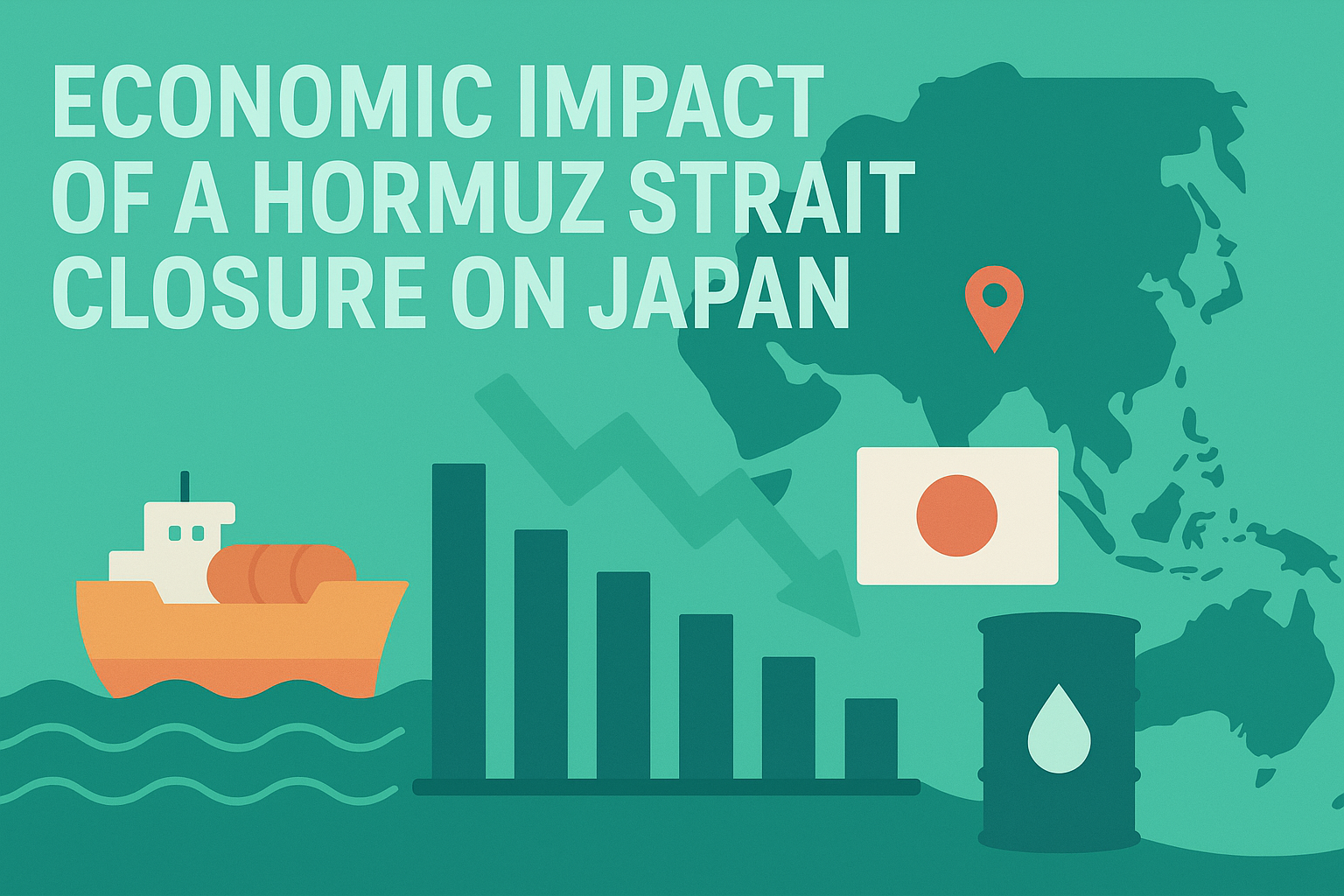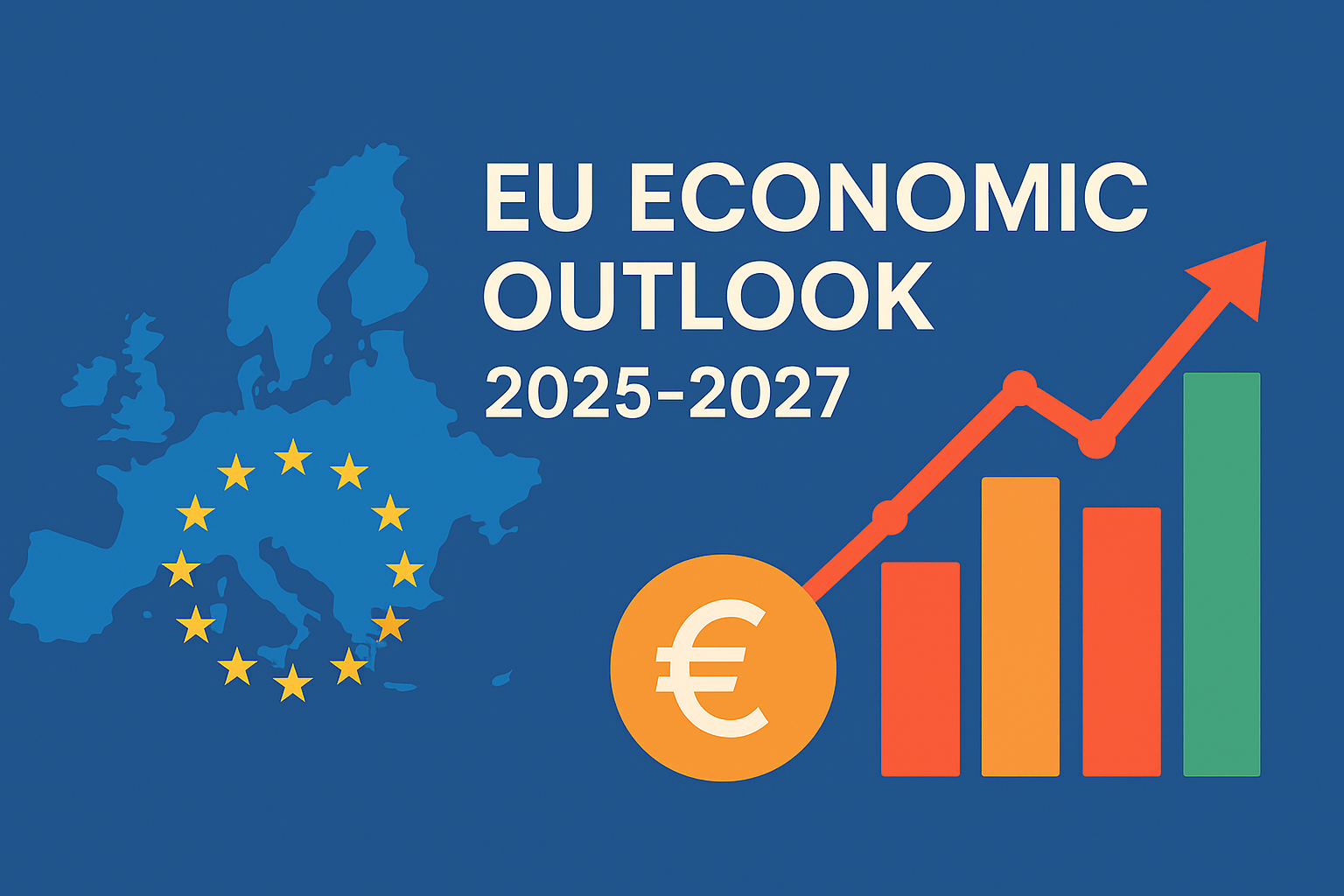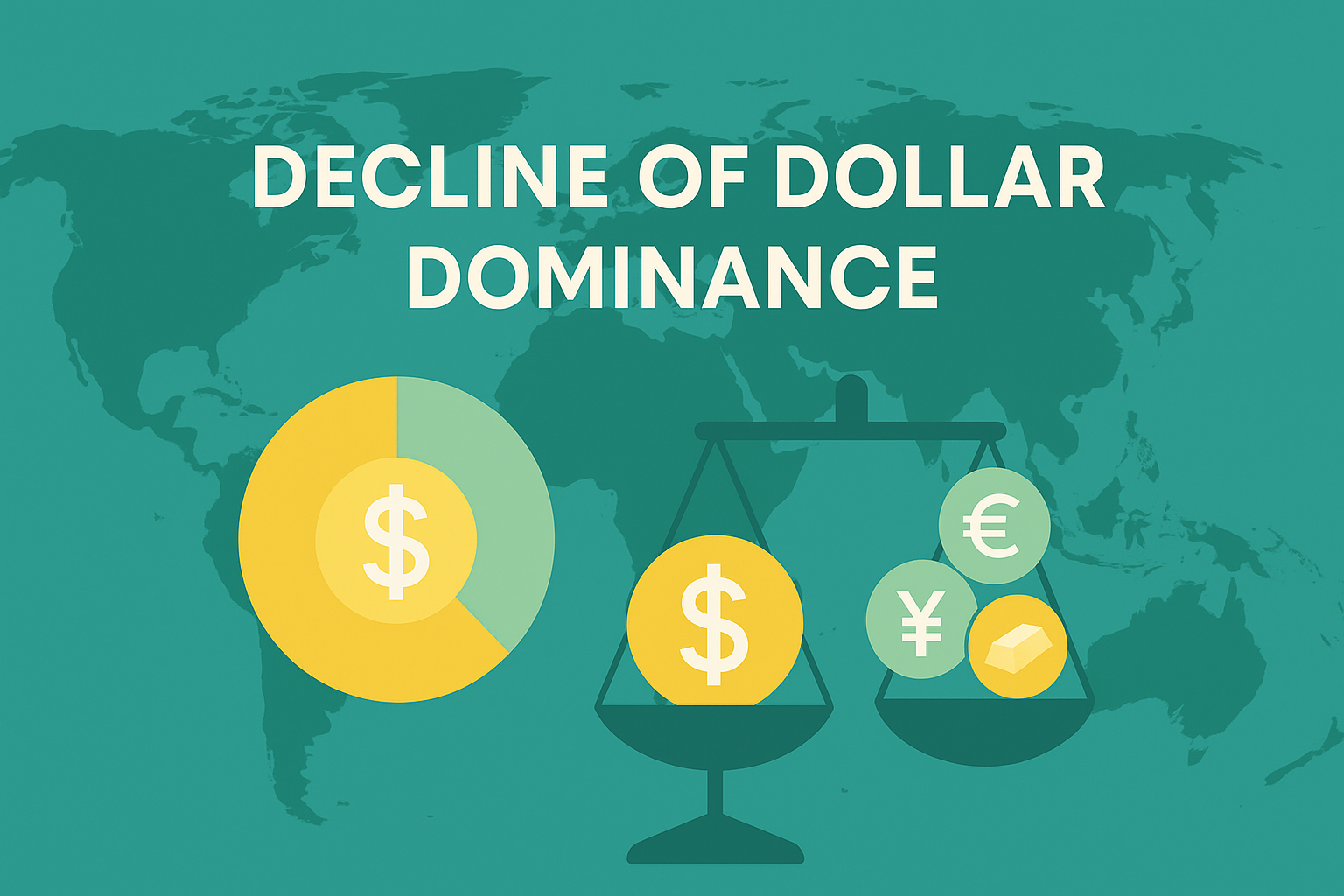– Assessing Vulnerabilities in Energy Security and Macroeconomic Stability –
Chapter 1: Introduction – Why the Strait of Hormuz Matters
The Strait of Hormuz is a global energy chokepoint through which approximately 17–20% of the world’s crude oil and around 25% of global LNG flows. For Japan, more than 88% of crude oil and over 30% of LNG imports pass through this narrow channel.
With the escalation of military tensions between Iran and Israel since late 2024, the risk of a full or partial closure has grown significantly. This report evaluates the potential economic consequences of various closure scenarios for Japan, with a focus on macroeconomic indicators, inflation dynamics, and national energy strategy.
Chapter 2: Defining Closure Scenarios
| Scenario | Description | Level of Disruption | Duration |
|---|---|---|---|
| S1: Minor Disruption | Missile threats, insurance hikes, rerouting | No formal closure | 1–2 weeks |
| S2: Moderate Closure | Seizures, partial access restrictions | 30–50% capacity reduction | Around 1 month |
| S3: Severe Blockade | Naval conflict, sea mines, full halt | Near-total closure | 2+ months |
Chapter 3: Macroeconomic Impacts on Japan
3.1 Surge in Energy Costs
| Scenario | Crude Oil Price | Monthly Additional Import Cost |
|---|---|---|
| S1 | $90–100 | ¥220 billion |
| S2 | $120–130 | ¥870 billion |
| S3 | $160+ | ¥2.3 trillion |
LNG spot prices are also expected to double or more under S3, sharply increasing electricity and gas bills for both households and industry.
3.2 Inflation and Household Burden
- Gasoline could exceed ¥200 per liter under S3.
- CPI may rise +3.5% to 4.0%, significantly surpassing the Bank of Japan’s inflation target.
- Real purchasing power declines, especially among low-income households.
3.3 Real GDP Impact (Annualized)
| Scenario | Estimated Real GDP Impact |
|---|---|
| S1 | ▲0.1% to ▲0.2% |
| S2 | ▲0.5% to ▲1.0% |
| S3 | ▲2.0% to ▲3.0% (technical recession highly likely) |
3.4 FX and Financial Markets
- In S1 and S2, yen depreciation to 160+ per USD is expected due to higher import costs.
- Under S3, “flight-to-safety” yen appreciation may occur.
- Stock markets likely to see a TOPIX decline of 10–20% depending on severity.
- Bond yields could fall on safe-haven demand, but medium-term fiscal risk may offset gains.
Chapter 4: Sectoral Impact on Industries
| Sector | Risk Level | Commentary |
|---|---|---|
| Energy | Very High | Refining and imports may halt |
| Chemicals & Steel | High | Heavily fuel- and input-dependent |
| Retail & Logistics | Medium–High | Transportation cost surge and weak demand |
| Financial | Medium | Market volatility, inflation hedging |
| Defense & Gold | Beneficial | Demand for security and safe-haven assets increases |
Chapter 5: Policy Tools and Their Limits
| Policy Tool | Feasibility | Limitations |
|---|---|---|
| Strategic Petroleum Reserves | High | About 200 days of stock, limited duration |
| Fuel/Energy Subsidies | Medium | High fiscal burden, short-term only |
| Nuclear Restart | Medium | Political and social resistance remains |
| FX Intervention | Low | Limited effect against energy import-driven inflation |
Chapter 6: Structural Recommendations for Japan
- Diversify Energy Supply Sources
Secure long-term contracts with the U.S., Australia, and Africa. - Accelerate Energy Transition
Boost investment in renewables, hydrogen, and nuclear generation. - Secure Maritime Routes
Strengthen multilateral frameworks for tanker escort and naval presence via Oman, India, and the UAE. - Enhance Critical Stockpiles
Reinforce national reserves for fuel, food, and medical goods; enable rapid public-private coordination.
Chapter 7: Conclusion
A closure of the Strait of Hormuz is not a theoretical risk but a practical threat with profound implications for Japan’s energy, economic, and national security frameworks. It exposes the structural fragility of Japan’s fossil fuel dependency and highlights the urgent need for a diversified, resilient energy strategy. To safeguard national interests, Japan must integrate geopolitics into its economic planning and adopt a long-term security-based approach to growth.
Let me know if you’d like this in PDF, PowerPoint, or as a submission-ready journal article. A graph-based summary or sector-specific appendix can also be provided.


